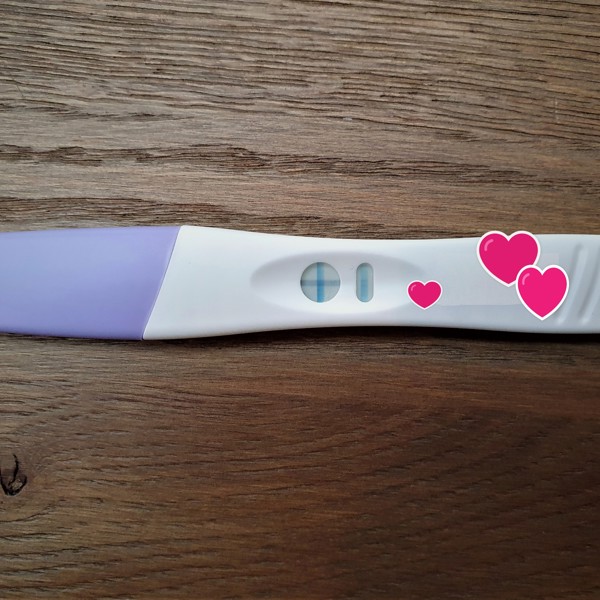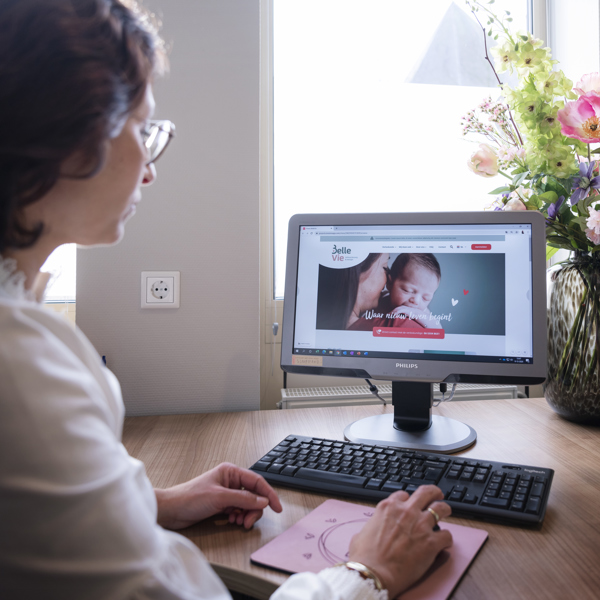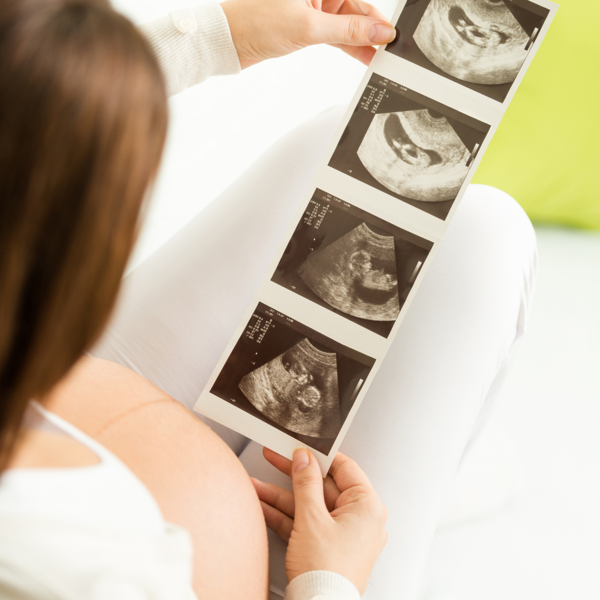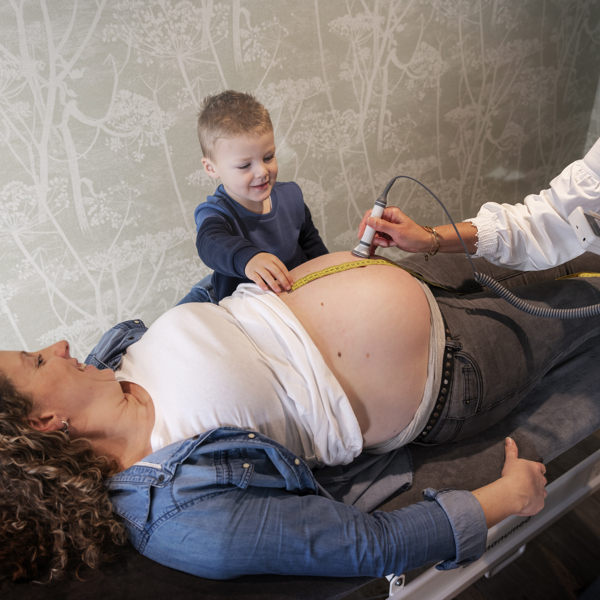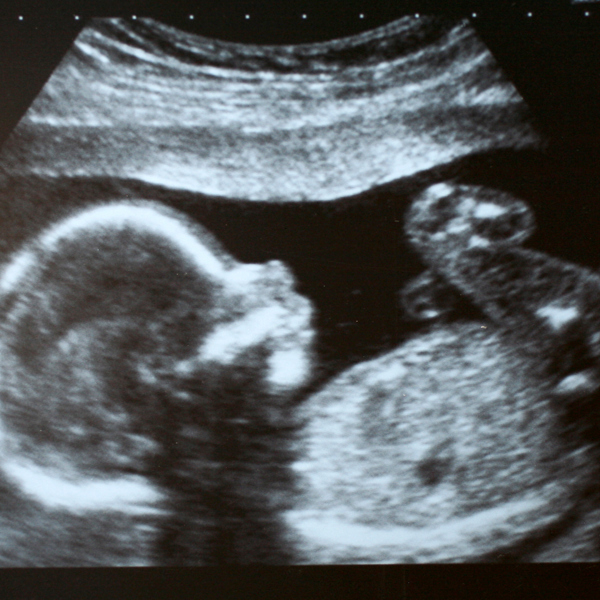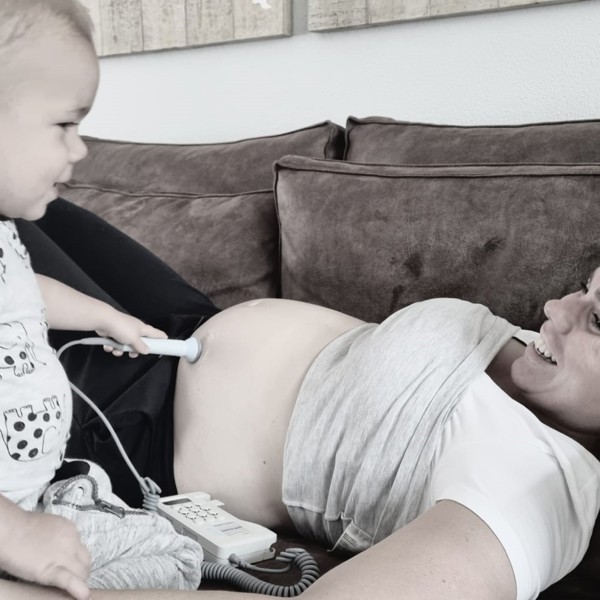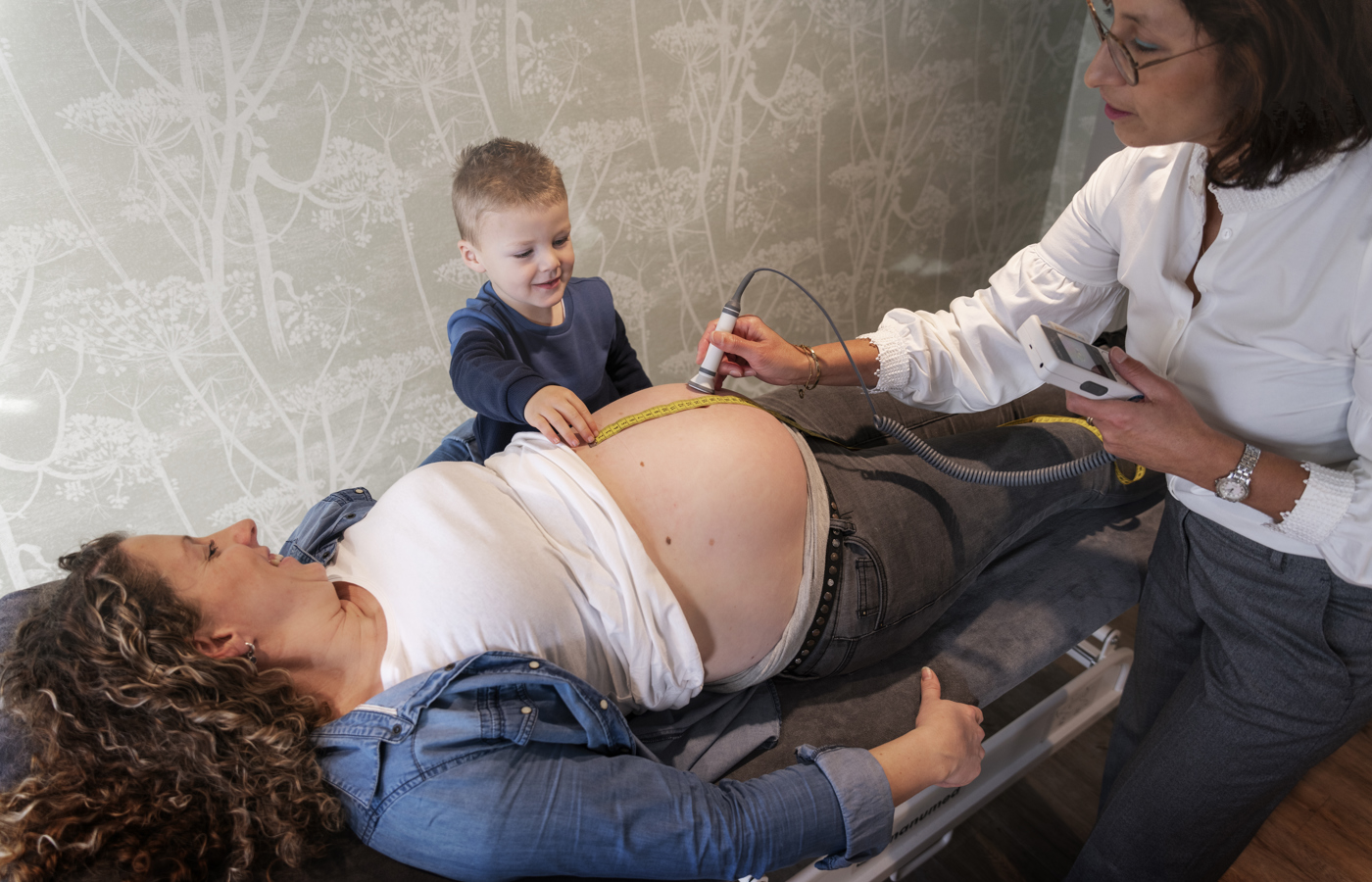What happens with an external version?
The gynecologist and obstetrician grab the child from the outside by the head and buttocks. An attempt is made to remove the child's tailbone from the pelvis. The other colleague tries to move the head forward. In this way the child tumbles until it is head down. Afterwards, the condition of the child is checked with a CTG for half an hour. Sometimes a version lasts 30 seconds, sometimes several minutes. Sometimes it is necessary to repeat the attempt.
At what gestational age is an external version done?
The most suitable gestational age is around 36 weeks. Sometimes it can be advisable to do this earlier. For example; if it is your first child, if you have a tight stomach or if there is not much amniotic fluid left.
If, on the other hand, there is a lot of amniotic fluid or if the breech presentation is discovered late, it’s still possible to turn the child later on in the pregnancy. Turning too early has the disadvantage that the baby can turn back. In addition, many children still turn on their own before 36 weeks.
We work closely with the version team at the Jeroen Bosch Hospital.
You can also watch the video
Are there any dangers to the child with the external version?
There are no health risks for the mother. Your abdomen may be tender or painful for a few days due to manipulation. This is annoying, but it can't hurt.
As a rule, there are no life-threatening health hazards for the child. In less than 10 percent of the children, the heart tones are temporarily slower after turning. That is why they are carefully checked afterwards. The heart tones almost always return to normal on their own. Occasionally (less than 1 percent) complications occur and it is necessary to perform a caesarean section immediately.
Depending on your blood type, you may need to have an injection of anti-D, whether the child was able to turn or not.
If your child is turned succesfully, you can stay under our supervision and give birth. If your child remains in a breech position, the gynecologist will take over the check-ups from 37 weeks on and he/she will discuss the further course with you.
See also www.stuitlig.nl
 Belle Vie offers extra fun ultrasounds! Take a look
Belle Vie offers extra fun ultrasounds! Take a look 